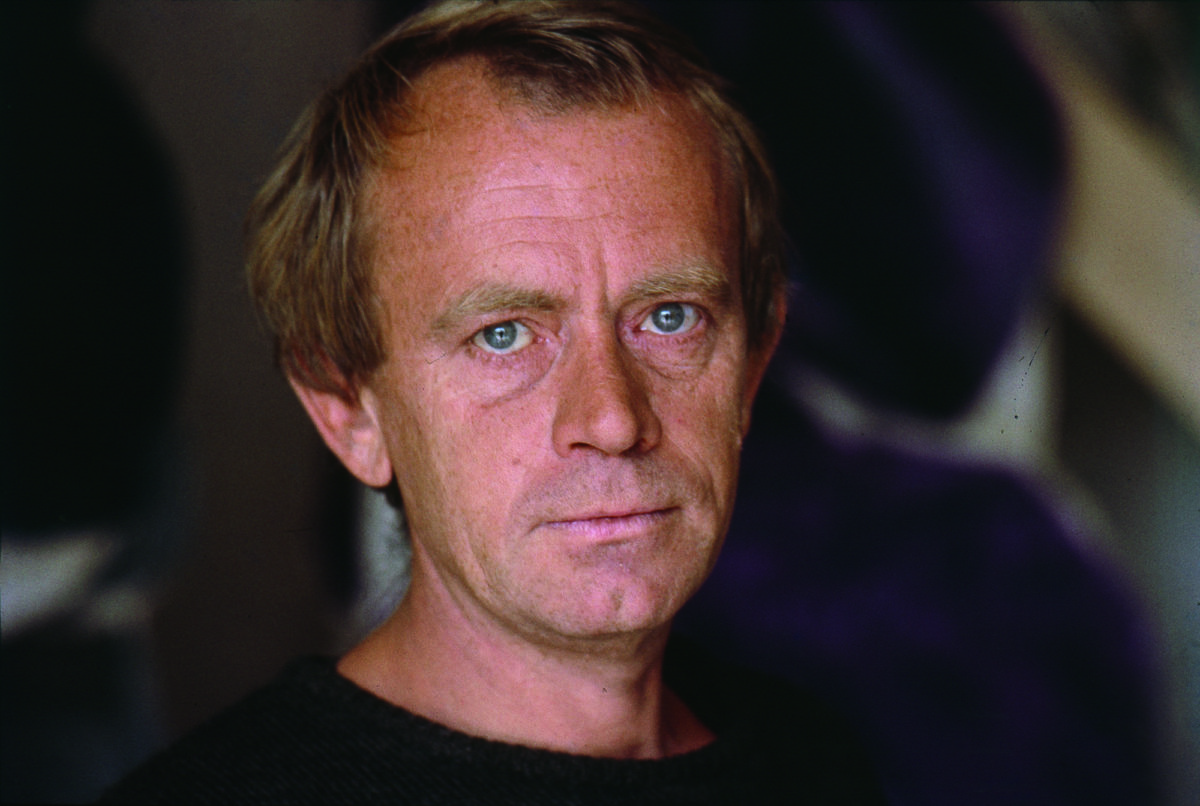[ad_1]

Simon Hantaï.
EDOUARD BOUBAT/COURTESY GAGOSIAN
In recent years, mega-galleries have begun snatching up artist estates and adding departed artists to the upper ranks of the biggest living market stars. Now Gagosian, the gallery that represents the likes of Jeff Koons, Mark Grotjahn, and Zeng Fanzhi, has added to its roster the estate of postwar abstractionist Simon Hantaï, whose work was previously shown by Kasmin gallery, of New York, and Timothy Taylor, of London and New York (both of which will no longer represent the artist). Gagosian will host its first Hantaï show in October at its gallery in the Parisian suburb of Le Bourget.
Born in Hungary, Hantaï was based in France for much of his career, and according to Jean-Olivier Després, a director of Gagosian Paris, his work has “always been difficult to show” outside Europe. “It’s a great opportunity to share this work,” Després said of the new arrangement.
Best-known for a series of paintings that involved folding his canvases to produce crease-like forms, Hantaï was embraced by members of the Surrealist movement in the early 1950s, including its leading critical exponent, André Breton. But he split with the Surrealists in 1955 and went in a direction more closely aligned with the Abstract Expressionist tendencies of artists such as Jackson Pollock. Hantaï has since been considered prescient in relation to movements such as Supports/Surfaces, a conceptually-driven French style pioneered by Paris-based artists who explored what makes a painting during the early ’70s.
Hantaï, who died in 2008, is beloved in France—he represented the country at the Venice Biennale in 1982, and was the subject of a Centre Pompidou retrospective in Paris in 2013. But his work has not achieved such a high stature elsewhere. His auction record, for a folded 1960 abstraction put up for sale at Sotheby’s in Paris, was set in 2016 and stands at $4.43 million.
Després said that the gallery’s mandate going forward is not necessarily to pick up more estates but simply to show work that seems worthwhile. “If the works are of good quality, it’s always a good opportunity,” Després said. “There’s no strategy of focusing on living artists or estates. We’re focusing on good things.”
[ad_2]
Source link
